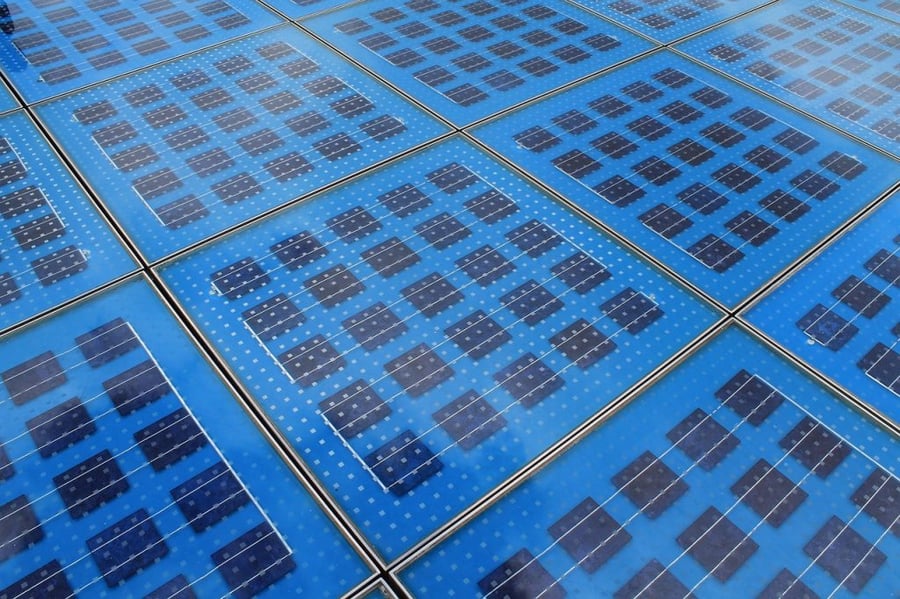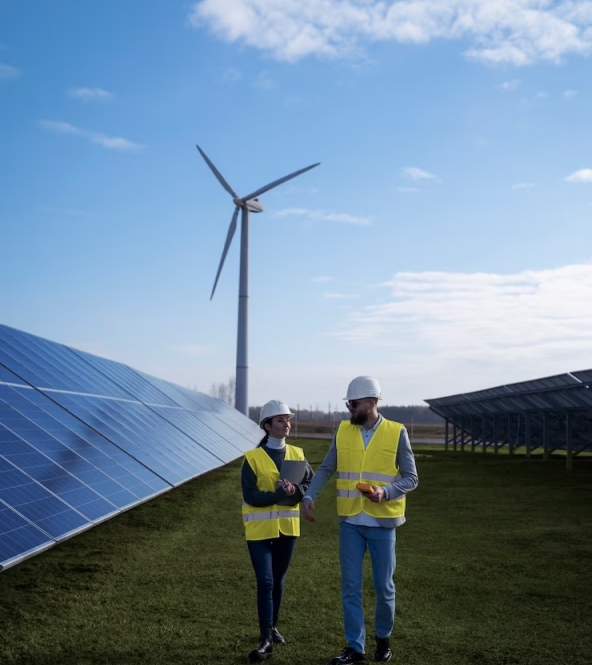The Surprising Effects of LID and LeTID on Solar Panel Output

The solar industry has observed continuous advancement with time. Today, the market is filled with high-quality solar panels, offering the most efficient solar modules for commercial and residential purposes.
However, this doesn’t mean solar panels are immune to manufacturing faults or degradation over time. Although manufacturers design solar modules to combat extreme weather conditions, you will only find high-quality panels with a minimum 10 years manufacturer and 25 years performance warranty.
Well, it is because even high-quality solar panels could face a reduction in efficiency.
It mainly happens because of two crucial degradation phenomena, LID and LeTID. But what are LID and LeTID, and how do they affect solar output?
What is LID?
LID refers to Light-Induced Degradation. As the name suggests, it is a form of degradation that occurs due to direct exposure of solar cells to sunlight during the initial hours of solar panel installation. It affects solar panels’ quality and performance.
LID mainly occurs due to the presence of oxygen in the silicon-infused wafer. Manufacturers perform the initial LID lab test known as power stabilisation. It helps them to observe the chemical reactions that lead to degradation. During these flash-on tests, solar systems lose around 2%-3% of the initial rated wattage output.
However, the lab tests don’t work accurately as their energy is lower than the direct sunlight. So when the solar energy reaches the panel electronics, it could result in warp, buckle or break down.
After the initial degradation, the LID rate reduces and stabilises to 0.3%-0.7% per year for the next 25-30 years. Still, the LID rate can vary with the solar panel brand and its quality.
For example, LG, REC, and Sunpower offer high-quality solar modules with a lower LID rate of 0.25%.
What causes Solar LID?
Solar LID happens due to the reaction of oxygen with the boron-doped silicon wafers, known as a boron-oxygen defect. It mostly occurs in monocrystalline silicon cells (P-type) manufactured through the Czochralski method, which involves heavy oxygen concentration.
During initial exposure of the solar cell to sunlight, the oxygen in the wafer reacts with boron-doped wafers and forms a complex and dangerous compound, reducing solar panel efficiency.
Boron Oxygen defects usually happen at the wafer level. So the deficiency level depends on the amount of boron-oxygen concentration in the cell.
What is LeTID?
LeTID means light and elevated temperature-induced degradation.
It is a form of degradation in crystalline silicon PV cells identified and explored a few years ago. It focuses on the effect of light and temperature on solar module degradation.
In contrast with LID, LeTID takes a few years to develop. But the sunnier or warmer climate conditions can reduce the period. Usually, it occurs when the temperature reaches between 50°C to 95°C.
Moreover, LeTID can lower the panel efficiency by 6%to 10%. It can severely affect the solar panel even after the recovery of the solar module. If the solar panel doesn’t have a complete manufacturer warranty for the degradation, it can lead to low solar performance.
How to reduce the effects of LID and LeTID on solar modules?
During manufacturing, P-Type silicon solar cells go through a certain level of degradation. But by adopting a few solutions, we can combat or reduce the effects.
- Mass Production
All thanks to well-researched and reliable stabilization techniques, we can prevent initial degradation with mass production. It may cost more due to additional research and massive production. But it will reduce the effects of boron oxygen defects.
- Use of Gallium
Conventional silicon crystals are doped with boron to add impurities and make them conductive. Most manufacturers use PERC technology on p-type silicon cell modules to generate more efficiency. But boron-doped silicon cells cause LID.
An alternative to boron doping is the use of different elements like gallium. Researches show gallium is not only immune to LID defect but also demonstrates stable and better efficiency in illumination.
- Shift to N-Type silicon cell
Opting for N-Type Solar modules is undoubtedly the best solution. Unlike P-Type solar cells, N-Type cells have negatively charged phosphorus doping. So without the presence of boron, N-Type solar cells eliminate the issue of LID.
Similarly, many manufacturers have also developed N-Type solar modules with anti-LeTID features. It includes brands like LG, REC and SunPower.
Conclusion
With the advancement of the solar industry, we have also discovered new issues. For example, a few years ago, if you had asked solar manufacturers what affects the power output of solar panels, they wouldn’t have thought about LeTID degradation.
However, you can reduce or completely prevent the effects of LID and LeTID by opting for the right brand.
Fortunately, we offer some of the best N-Type Solar Panels from LG, REC and SunPower. Also, we provide certified anti-LeTID modules from Q Cells, Trina, Jinko, Longi, REC, and Canadian Solar.




